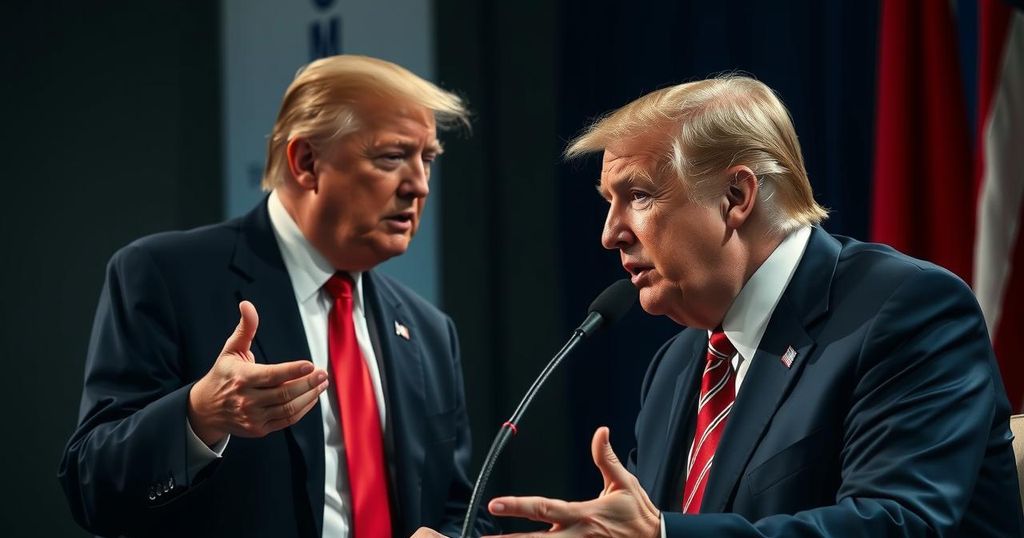Trump’s Proposed Tariffs on China, Canada, and Mexico: Key Implications
President-elect Donald Trump is set to impose tariffs on Canada, Mexico, and China upon his inauguration. He plans a 25 percent tariff on imports from the first two countries and a 10 percent tariff on the latter. These measures are linked to efforts to curb drug trafficking and immigration issues, with significant potential impacts on trade and the economy.
President-elect Donald Trump has announced plans to implement tariffs on the United States’ largest trading partners—China, Canada, and Mexico—immediately upon his inauguration on January 20. This decision aligns with his previous strategies to leverage tariffs as a means to address what he perceives as unfair trade practices, particularly in relation to the influx of illicit drugs and undocumented migrants. Trump has proposed a 25 percent tariff on imports from Mexico and Canada and an additional 10 percent on goods from China, indicating that these tariffs will remain until these issues are resolved.
The introduction of tariffs by President-elect Trump marks a continuation of his protectionist trade policies aimed at addressing trade imbalances with key partners. Historically, Trump has viewed tariffs as a tool to not only protect American jobs but also to negotiate better terms in trade agreements. The impending tariffs are presented as measures to counteract narcotics trafficking and illegal immigration, illustrating a convergence of trade and domestic policy. His administration’s approach is expected to impact various sectors significantly, particularly industries reliant on cross-border trade.
In summary, President-elect Trump’s proposed tariffs represent a critical shift in U.S. trade policy, prompting potential retaliatory responses from Canada, Mexico, and China. These tariffs aim to address issues related to illegal immigration and drug trafficking while also serving as a bargaining mechanism in future trade negotiations. The implications for global trade, economic relationships, and domestic inflation are noteworthy, warranting careful observation as these policies unfold.
Original Source: www.aljazeera.com




Post Comment